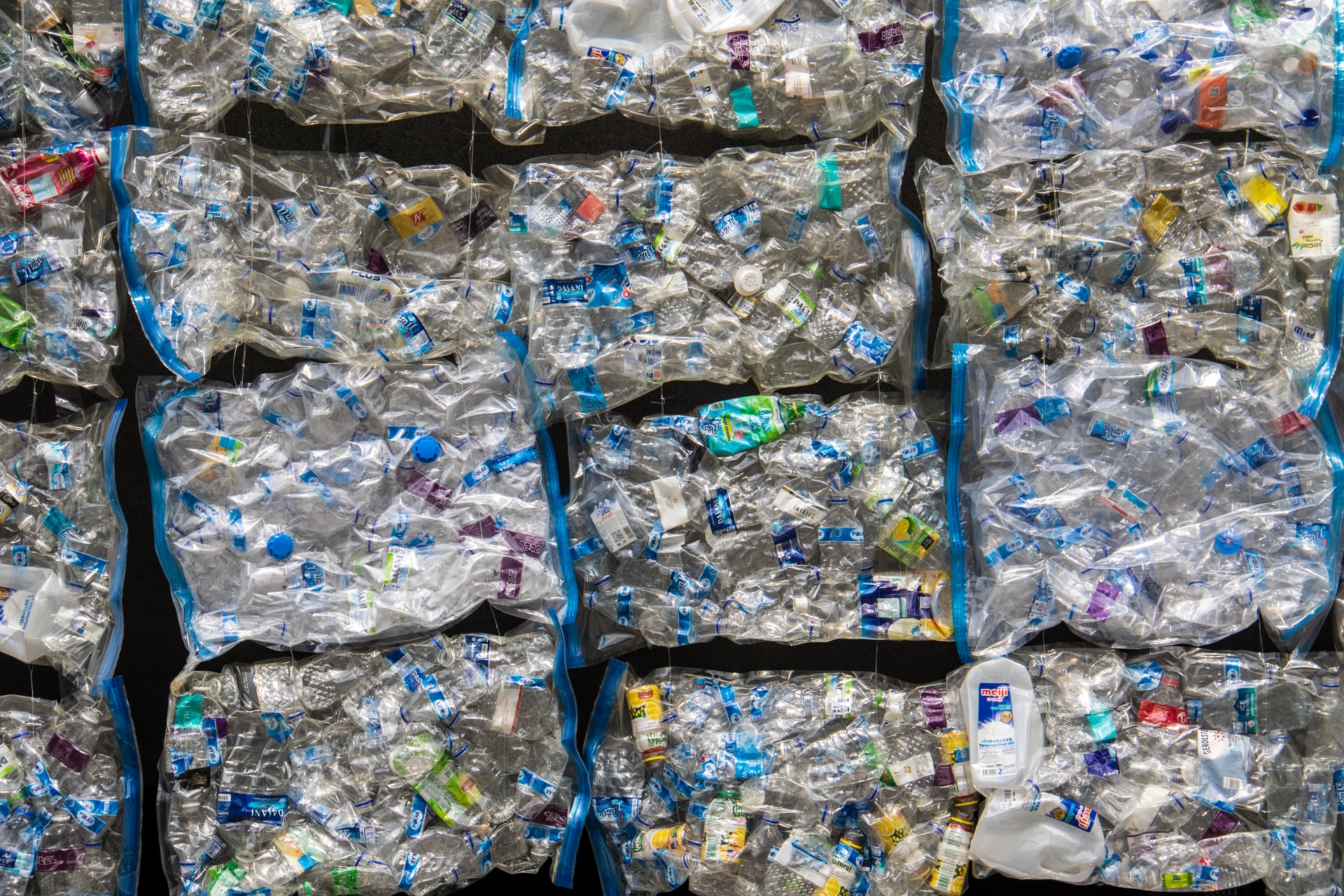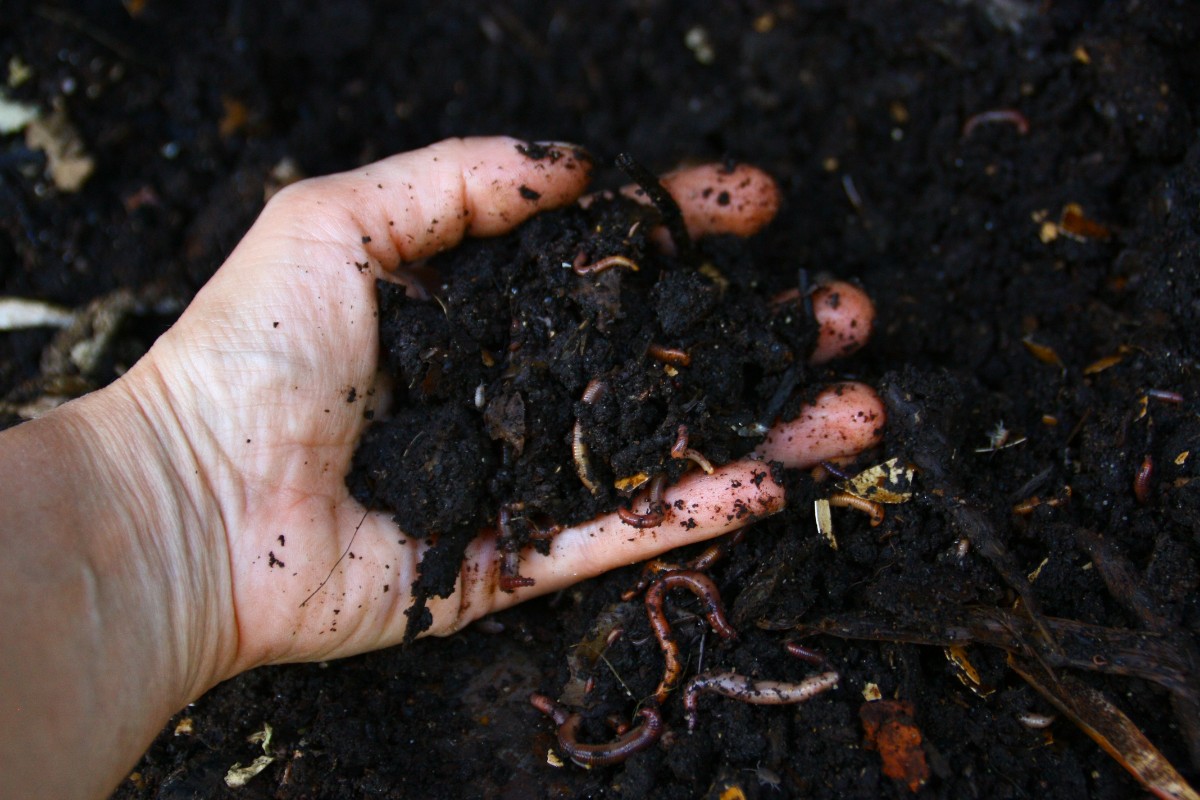Recent Posts
- Home
- Elevate Blog
- The Truth About Recyclable Packaging
The Truth About Recyclable Packaging
Posted on
For over 50 years, the petroleum industry has told consumers that their plastics will be recycled. Recyclable packaging is often touted as the most sustainable option. The truth is the vast majority of our recycling is not actually recycled.
It’s supposed to work like this: We put our recyclables into the bin, they’re hauled away to MRFs (Materials Recovery Facilities) where they are cleaned and sorted. The materials are melted down and remade into new products. Unfortunately most recyclable materials don't make it through this process.
As consumers become more knowledgeable about sustainability, they refuse to participate in this recycling ruse created by petroleum companies.
How Much of Recycling Actually Gets Recycled?
91% of all plastic ever produced is going to landfills, or being incinerated. Because plastic takes so long to degrade, this means most of the plastic waste ever produced still exists. It is buried in landfills, filling our oceans, and littering our planet.
“For more than half a century, the plastics industry has engaged in an aggressive campaign to deceive the public, perpetuating a myth that recycling can solve the plastics crisis,”
- California Attorney General Rob Bonta
State accuses Exxon Mobil of deceiving public, perpetuating ‘myth’ of plastics recycling - LA Times
Activists have been sounding the alarm for years. In September 2020, NPR reporter Laura Sullivan released a damning article reporting on the problems with plastic recycling: Is Plastic Recycling a Lie? (And the accompanying audio Waste Land - featured on NPR’s Planet Money.)
The short version? Yes, plastic recycling is a lie.

As far back as the 1970’s, companies with a vested interest in producing plastics have pushed the blame for plastic pollution onto consumers and the general public, to avoid taking responsibility themselves.
The Keep America Beautiful campaigns told us to stop littering ( The Crying Indian Ad that Fooled the Environmental Movement). The campaigns of the 90s told us to cut plastic 6-pack rings to ensure they don’t kill wildlife. While we’re dutifully picking up our trash and snipping plastic rings we’re not questioning why the plastic was even there in the first place.
Clever marketing and PR can make us feel as though we are making good decisions. We are doing our part: sorting our recycling, cutting plastic rings, and refusing straws. It’s now so ingrained into our collective culture that we’re shaming others who don’t abide by these social norms.
Only a miniscule amount of this plastic is actually being recycled, meanwhile annual global plastic production has increased nearly 200-fold since 1950 - up to 381 million tonnes in 2015.
It is clear that the only thing recyclable plastic packaging achieves is more plastic.
Corporations invested in plastics have always known that recycling was never a viable solution. They’d rather spend money on distracting us than coming up with a better solution. We need to hold them accountable, and we need a different waste system.
When Recycling isn’t Worth it
Cleaning and sorting recyclable materials is expensive. With the low prices of virgin raw materials, reclaiming them costs more than making new. It’s difficult to make a business case for using inferior recycled materials when new materials cost significantly less.
To solve the problem of expense, we began to ship our recycling abroad in 2001. China was willing to buy it from us, and the process was relatively efficient: China sent us goods via ship, and we sent our recycling back to them on the return journey. They would then sort it themselves and recycle it into new products.
It seemed like a great solution, until 2018 when China decided that it was no longer economically viable for them to buy our waste - they had plenty of their own. Operation National Sword began to place bans on the imports of foreign recyclables, and suddenly we came face to face with a mess of our own making.
America (and Europe) were now stuck. What could we do with all of this plastic waste? Local governments began investing more money in MRFs. Despite this, and many other initiatives, recycling remains more expensive and less valuable than creating new plastic.
What Can Recycled Materials be Used For?
Not all materials can be effectively recycled, even if the recycling system worked as intended. Most materials cannot be infinitely recycled - they become lower in quality each time. Plastics can only be recycled a limited number of times before they become unusable and we’re right back where we started - plastic waste.
That’s if they can even be recycled at all. Recycling symbols indicate that a material can be recycled if sent to the correct facility. When we see a recycle symbol we presume that we can put the product in our recycle bins, but that is not always the case.
Often we are expected to send waste to specialized facilities ourselves, or return them to the manufacturer. Even worse - Some of these recycling facilities simply do not exist.

Reduce, Reuse, Compost.
We aren’t saying that all is lost, quite the opposite!
Now that we know that we have been lied to, we can stop wasting time and money. We can use the information we have to work on better waste management solutions. As businesses we can make better packaging choices. We can pressure local governments and corporations into improving waste management, access, and infrastructure.
Where Does My Waste Go - Composting and the Circular Economy
Plastics are important for many applications, and they are good at what they do: Plastic is durable, cheap, waterproof, versatile, and lightweight. Unfortunately, those are all the same reasons that it is bad for the environment.
We can’t continue to blame all of this waste on plastic production in Asia - new research has found that the U.S. generates more plastic trash than any other nation.
There are many instances where we are using plastics that we simply do not need, particularly in packaging. Packaging makes up around 30% of total U.S. landfill waste - meaning that our waste systems are heavily affected by packaging trends.
Why Choose Eco-Friendly Packaging
One of the most important eco-friendly packaging solutions has always been to reduce. Where we can’t reduce further, we can take a tip from nature:
Compostable Packaging
Quite simply: There’s no reason at all that packaging should stick around after it has served its purpose.
In nature everything has a use. Even fruit peel (natures packaging!) decomposes once it has served its purpose - returning nutrients to the soil as it does so.
Recycling has been proven again and again to simply not work. Composting uses the natural decomposition process to dispose of waste. It doesn’t pollute nearby communities like landfills do, it provides jobs, and reduces food waste. Composting is a process that has been known for centuries, and is proven to work. So why aren’t we all doing it?
Building Resilient Communities Through Composting
The main struggle with mainstream composting is a lack of investment, access, and awareness. Despite this, composting has seen significant growth, and continues to grow.
Instead of local government investment in MRFs, that money would be better spent on increasing composting infrastructure and access. While personal responsibility always remains important, we need to hold corporations and the government accountable.
Compostable packaging can aid the growth of composting infrastructure. By working with composters and compost advocates we’re creating a product to fit a waste solution that already exists!
By building real, tested, end-of-life solutions into our packaging design we can significantly reduce waste, end landfills, and achieve a circular economy.

*Original Post Nov 4th 2020, updated April 29th 2022
 Loading... Please wait...
Loading... Please wait...



